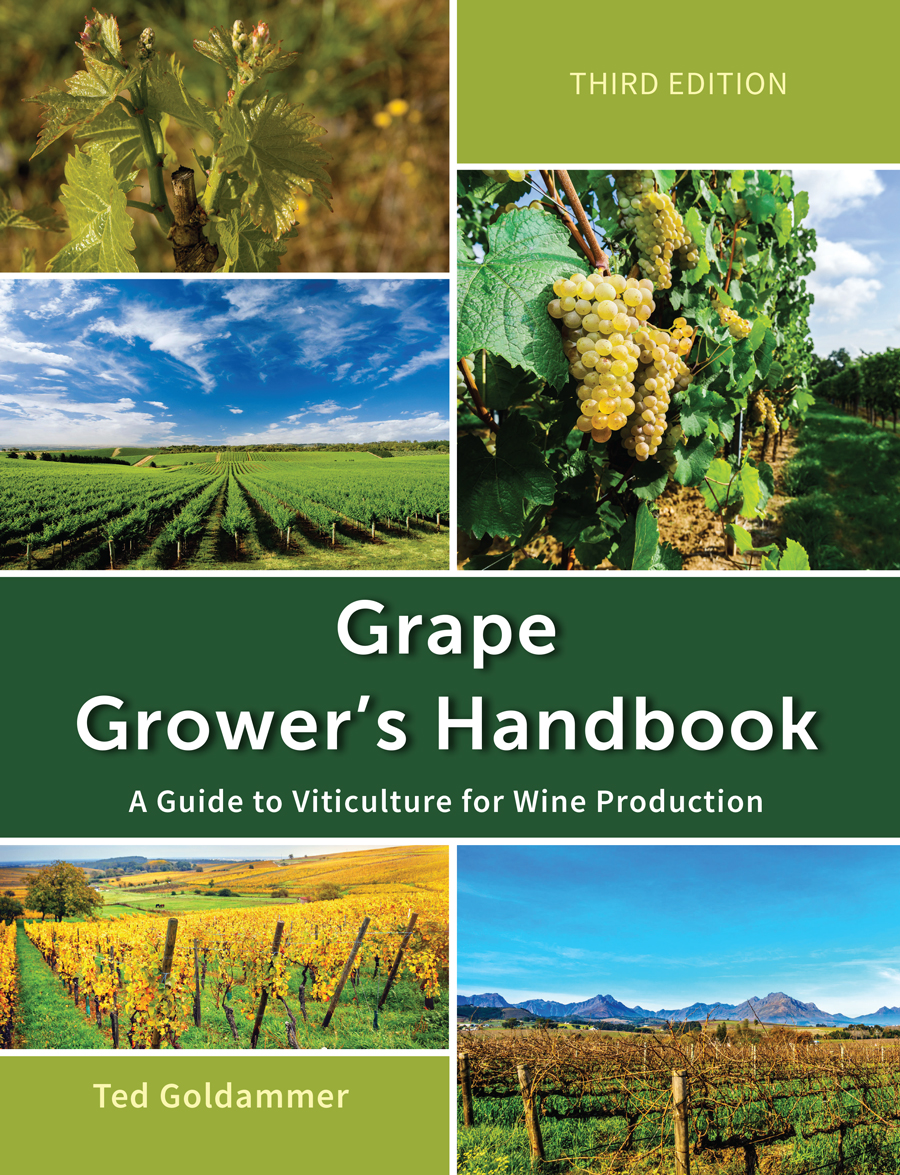Cover Cropping in Vineyards
Benefits and Drawbacks of Cover Crops
The use of cover crops can result in substantial benefits as well as be a source of unforeseen problems or drawbacks in the vineyard. The choice of which species, as well as the decision whether or not to plant a cover crop, is based in large part on the benefits desired. Problems associated with cover crops are often a result of unsuitable species or inappropriate management practices keeping in mind the best choice of species and practices can be highly site-dependent and often evolves through trial and error. Because species or viticultural practices may have benefits and drawbacks, the best choice is often a compromise.
Benefits of Cover Crops
Erosion Control
Cover crops can be planted in vineyards in vine mid-rows to control erosion.
Organic Matter and Soil Structure
A major benefit obtained from cover crops is the addition of organic matter to the soil. During the breakdown of organic matter by microorganisms, compounds are formed that are resistant to decomposition—such as gums, waxes, and resins. These compounds—and the mycelia, mucus, and slime produced by the microorganisms—help bind together soil particles as granules, or aggregates.
Nitrogen Fixation
One of the most significant contributions of legume cover crops is their ability to fix atmospheric nitrogen in their plant tissues in relationship with rhizobium bacteria. In association with legume roots, the bacteria convert atmospheric nitrogen into a form that plants can use.
Recycling or Scavenging Unused Nutrients
Cover crops can capture leachable nitrogen and making it available to the following crop after manure or compost applications. In general, legume cover crops do not scavenge nitrogen as well as grasses since they acquire nitrogen from the atmosphere, making them less aggressive at scavenging soil nitrate.
Regulate Vine Growth
Cover crops can be used to both invigorate vines (augmenting soil nitrogen from nitrogen-fixing legumes) and devigorate vines (root competition from non-legumes with the vines for nutrients and water).
Pest Control
Many cover crops provide a supplemental food source to insects in the form of nectar from their flowers. Cover crops can also provide shelter for insects.
Weed Suppression
Cover crops partially control some weeds by competing with them for light, moisture, nutrients, and space, which can be particularly helpful for suppressing winter annual weed growth or certain cool-season perennials. In addition, cover crops and their residues can act as mulches or physical barriers by smothering weeds, suppressing weed seed germination and growth, and lowering soil temperatures.
Soil Microbial Activity
Organic matter is a food source for microbiological life, which thrives in healthy, well-aerated soil. When a green manure crop is incorporated into the soil, microbes multiply to break down the fresh plant material, resulting in a rapid increase of microorganisms.
Soil Water Management
Cover crops enhance water infiltration by improving soil structure and reduce sealing and crusting of an otherwise bare soil surface. If the cover crop is killed without tillage by using a roller/crimper, the surface mulch will also reduce the evaporation rate of water from the soil during summer growth of the next crop.
Soil Temperature
Cover crops can significantly alter soil temperatures. Cover crops decrease the amplitude of day and night temperatures more than average temperatures resulting in less variability.
Drawbacks of Cover Crops
Interference with Grapevines
One important consideration when using overwintering cover crops is their potential to deplete soil water. Although cover crops can improve water infiltration and soil water-holding capacity, the short term depletion of soil water in the early spring can reduce yields of the vines in dry springs.
Additional Costs
There are additional costs above and beyond normal cropping practices that must be considered in systems that include cover crops.
Pest Problems
Cover crops may attract and provide shelter for pests, potentially increasing the pest and/or disease populations in the vineyard.
Risk of Frost
A bare, firm, moist vineyard floor absorbs heat during the day and releases it at night, increasing the air temperature by as much as 3 to 4 degrees F (1.6 to 2.2°C).
Click on the following topics for more information on cover cropping in vineyards.
Topics Within This Chapter:
- Introduction to Cover Cropping in Vineyards
- Benefits and Drawbacks of Cover Crops
- Life Cycle of Cover Crops
- Types of Cover Crops
- Cover Crops: Monocultures or Mixtures?
- Tilled or No-till Cover Cropping Management Systems
- Managing Pests with Cover Crops
- Criteria for Selecting Cover Crop Species
- Establishing and Managing Cover Crops
- Suppression or Control of Cover Crops
- Selected References

